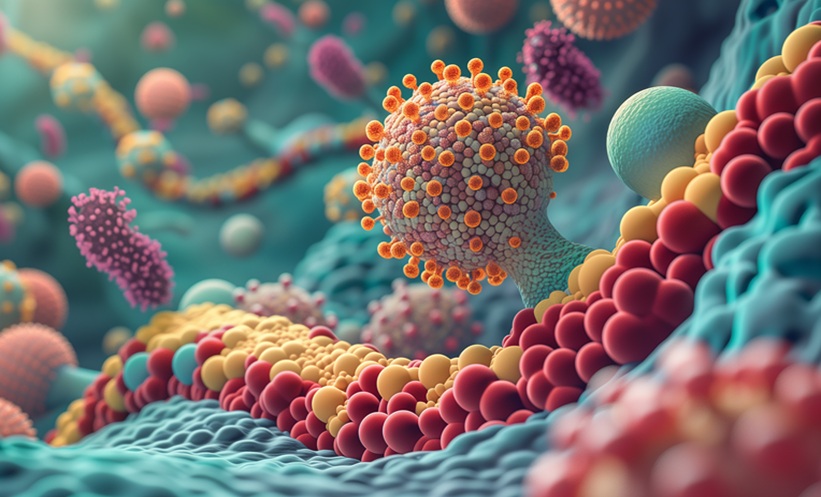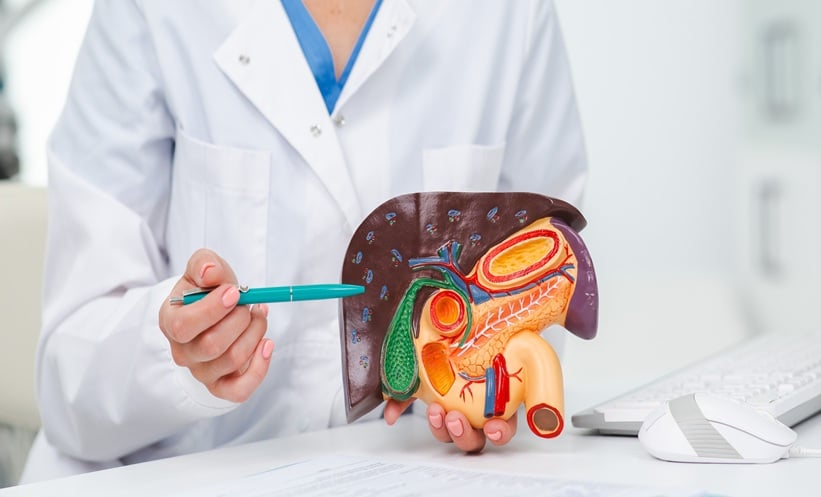Metabolic dysfunction-associated steatotic liver disease (MASLD) is now recognised as the most common chronic liver disease globally, posing a significant health burden with potential progression to steatohepatitis, cirrhosis, and hepatocellular carcinoma.
Emerging research has revealed the central role of the gut microbiome in both the development and progression of MASLD. Alterations in gut microbial composition, notably the enrichment of Proteobacteria, Clostridium, and Streptococcus, and the depletion of beneficial genera such as Eubacterium and Faecalibacterium, are closely associated with worsening disease.
These microbial changes disrupt the gut–liver axis, leading to compromised intestinal barrier integrity, increased liver inflammation, and disruptions in key metabolic processes. Specifically, microbial-derived metabolites such as short-chain fatty acids, tryptophan derivatives, and endogenous ethanol have been implicated in promoting chronic liver inflammation and fibrosis. Dysregulation of bile acid metabolism further exacerbates hepatic injury, establishing a cycle of microbial imbalance and liver dysfunction.
Given the gut microbiome’s role in MASLD, it is increasingly being explored as both a diagnostic and therapeutic target. Specific microbial profiles and metabolites have shown promise as biomarkers, helping to identify individuals at higher risk of progression with notable accuracy. This opens the door to earlier diagnosis and stratified treatment approaches.
Therapeutically, several interventions have emerged aiming to restore microbial balance. These include faecal microbiota transplantation, probiotics, prebiotics, postbiotics, engineered bacteria, antimicrobials, and even bacteriophages. Each offers unique mechanisms to either directly modify the microbiome or influence microbial metabolite production. While results are encouraging, limitations remain in clinical translation due to variable efficacy, optimal dosing uncertainties, and a lack of mechanistic clarity in human studies.
Nonetheless, these insights mark a significant step forward in understanding MASLD pathogenesis. As research continues, targeting the gut microbiome holds substantial potential not only for disease management but also for developing personalised therapeutic strategies that could transform outcomes for millions affected by this increasingly common liver condition.
Reference
Lau HC et al. Gut microbiome in metabolic dysfunction-associated steatotic liver disease and associated hepatocellular carcinoma. Nat Rev Gastroenterol Hepatol. 2025;DOI:10.1038/s41575-025-01089-1.








